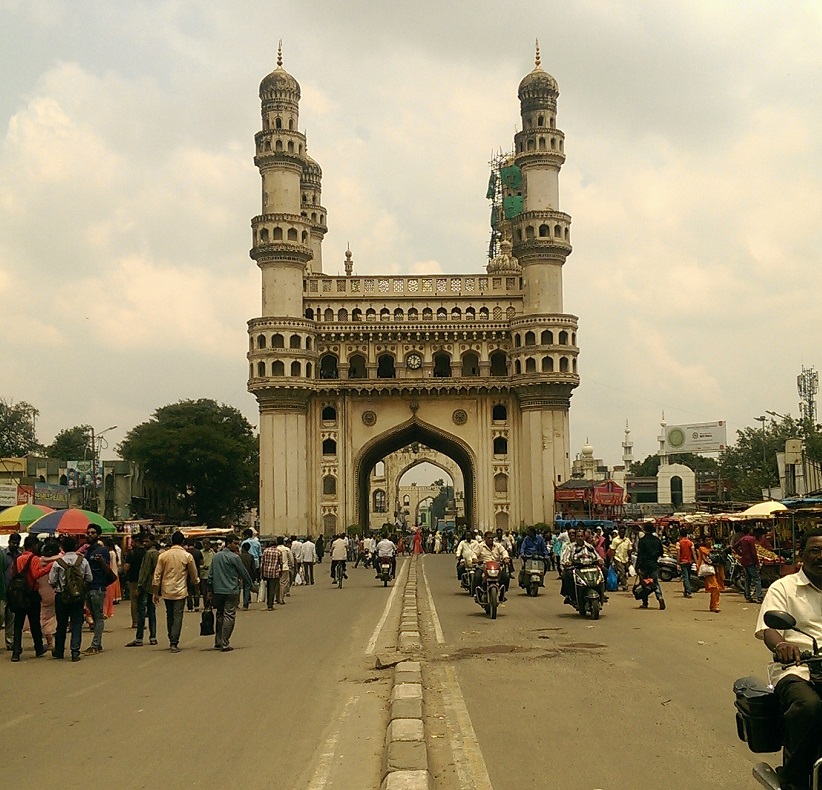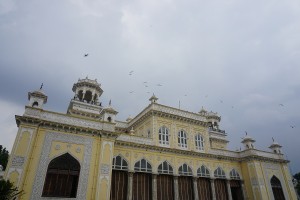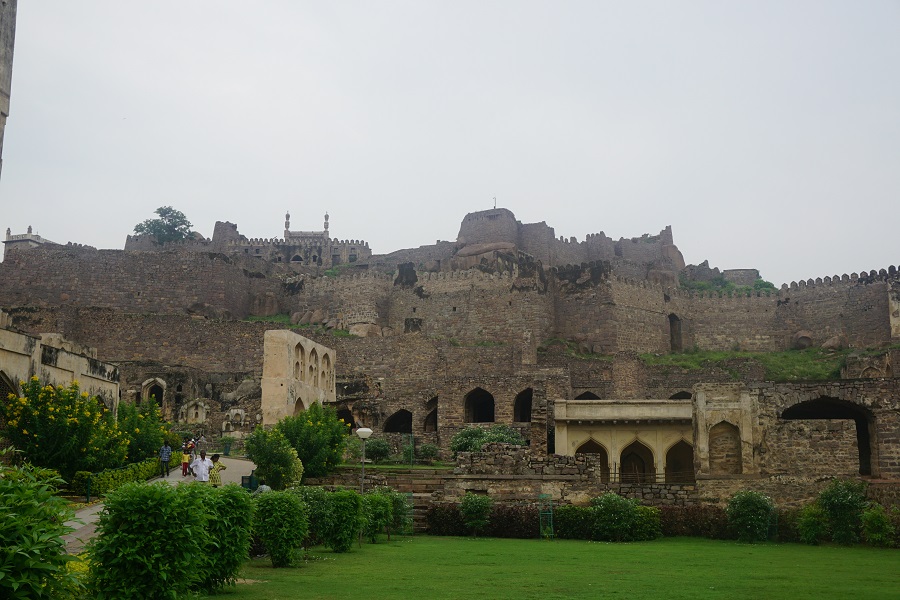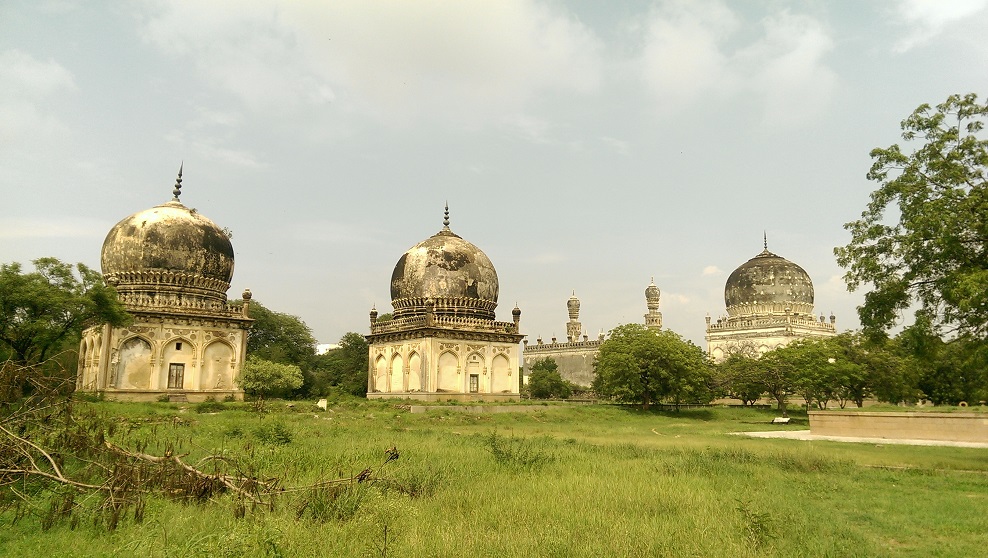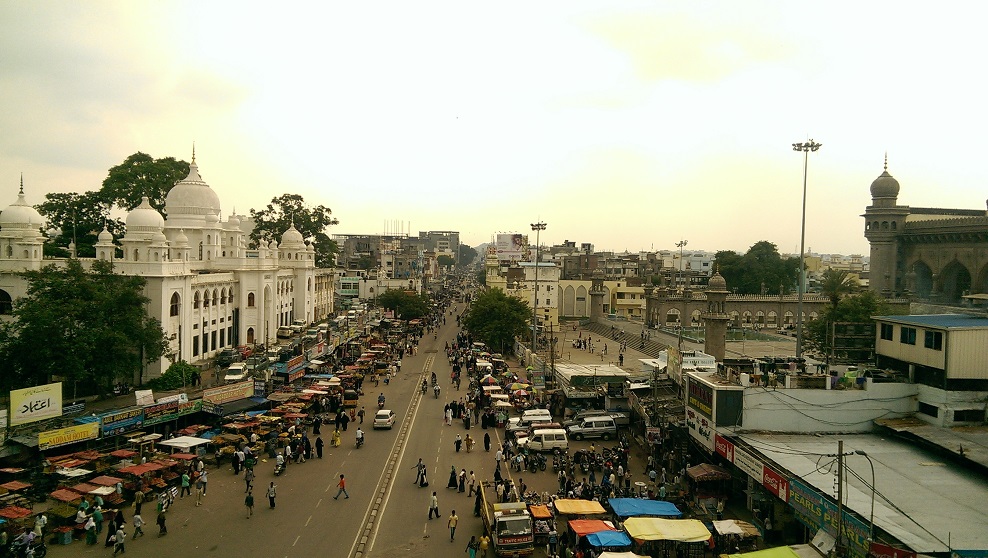Centre of Hinduism
 Varanasi is an ancient city on the banks of river Ganga or Ganges. It has been the spiritual centre of Hinduism for a few thousand years and the centre of knowledge since the medieval period. People travel to bathe along its banks as well as to die here in the old age as it is believed to give one a good birth in the next life.
Varanasi is an ancient city on the banks of river Ganga or Ganges. It has been the spiritual centre of Hinduism for a few thousand years and the centre of knowledge since the medieval period. People travel to bathe along its banks as well as to die here in the old age as it is believed to give one a good birth in the next life.
Additionally, Varanasi is famous for its boat rides. The Ganga is quite calm in this area and its a charm to be on a boat looking at the ghats (bathing steps). Each ghat has a story and its the job of a boatman to tell the story of the biggest ghats.
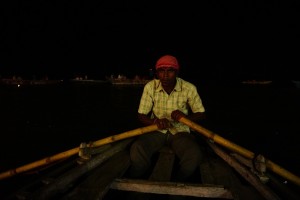 We decided to enjoy the boat ride in the evening. Our boatman, Ramesh, told us the stories of the ghats as well as about life in Varanasi, his kids and his struggle as a contractor boatman. At the time of Ganga Aarti, he parked us at the main ghat, Dashashwamedh Ghat. It was an incredible experience being in the water on a boat surrounded by hundreds of boats watching the aarti.
We decided to enjoy the boat ride in the evening. Our boatman, Ramesh, told us the stories of the ghats as well as about life in Varanasi, his kids and his struggle as a contractor boatman. At the time of Ganga Aarti, he parked us at the main ghat, Dashashwamedh Ghat. It was an incredible experience being in the water on a boat surrounded by hundreds of boats watching the aarti.
We also walked along the ghats towards Assi Ghat. We crossed the Raja Harishchandra Ghat, which carries out the Hindu Cremation. Shruti was worried crossing the ghat as based on Hindu beliefs, ladies aren’t supposed to be present during the ‘burning of corpse’. It was definitely a weird experience for us as no hindu wants to be so close to funeral pyres in any form.
On a light note, it was amazing seeing the locals, religious followers and tourists sharing the common path and enjoying the banks in their own way. We were surprised to see so many westerns relaxing and interacting with the locals. They are probably there to ‘find themselves’ :)
Budhism Centre
Varanasi is also one of the holiest sites of Buddhism. Sarnath, around 8km from the centre of Varanasi, is where Buddha preached the basics of Buddha Dharma for the first time. The Dhammekh Stupa in Sarnath is a pyramid shaped structure with the relics of Buddha. Having a belief in the teachings of Buddha, it was a moving experience for me knowing that this is where the journey of Buddhism started.
Moreover, The site is also famous for the Ashoka Pillar – the Four Lions on top of a pillar overlooking in each direction. Originally it was meant to represent Buddhism and the Dhamma Chakra but since 1947 was adopted as the emblem of India.
Finally, though we didn’t visit them, Varanasi is also home to important sites of Jainism, Sikhism and many other smaller religions connected with medieval saints.
Day Trip to Bodhgaya
Somewhat unusual for us, we had planned to go Bodhgaya which is across the border in Bihar but never booked any tickets. A last minute call to Shruti’s dad helped us secure tickets for the train. We left around 4:30am in the morning to catch the 5:20am train but it was late by 2 hours and we missed out on sleep for nothing!
We got to the village of Bodhgaya around noon and went straight to the Mahabodhi Temple. Gautama Buddha was a prince in the Indian-Nepalese border region but left his palace when he felt disillusioned from a comfortable life. He tried various techniques of meditation but eventually found enlightenment in Bodhgaya after 7 weeks of meditation. The Mahabodhi Temple sits at the exact spot where the Buddha found enlightenment.
The temple, along with other important Buddhist pilgrimage centres, was made by Indian king Ashoka. The tower of the temple is huge but the i nner temple is only small and comforting. The Bodhi Tree, on the other hand, where Buddha sat for meditation was a nice respite from the heat and was incredibly peaceful. Monks from different denominations of Buddhism meditated or softly chanted hymns under the tree.
nner temple is only small and comforting. The Bodhi Tree, on the other hand, where Buddha sat for meditation was a nice respite from the heat and was incredibly peaceful. Monks from different denominations of Buddhism meditated or softly chanted hymns under the tree.
Later on, we visited a few buddhist temples before going back to Gaya to catch a train. Seeing the holy sites of Buddhism as well as seeing a Tibetan buddhist ceremony was an outstanding experience though we were exhausted by 8pm!
Day with Parents
Shruti’s dad is a big follower of Lord Shiva and Varanasi has one of the important Shiva temple. Seeing we were in Varanasi, he was very keen to join us. He decided to travel to Varanasi for a day!
Once they reached Varanasi, we freshed up and decided to visit Kashi Vishwanath Temple. It was an amazing experience to go through the tiny lanes and queue up to offer our prayers to Lord Shiva. Post brunch, we headed to Sankat Mochan temple to pay our visit to Lord Hanuman, the Monkey God.
In the evening, we took a walk down the ghats and then watched the evening aarti from the steps of Ganga. It was a unique spiritual experience limited to rivers in India.
Unique Experiences
As mentioned, going down the Ganges on a rowing boat and attending the aarti are unique experiences of Varanasi. In addition, we lived in a guest house near Munshi Ghat and walked through tiny, occasionally dirty lanes. It was true blue Varanasi experience!
The sun rise and moon rise along the banks of Ganga was amazing as well! The reflection of rays in the water were mind blowing – we were left speechless at the beauty.
Fried food was another experience. Varanasi is famous for fried food and we had our share of poori, kachori, samosa and jalebi. In addition, we had lassi many times which was absolutely delicious.
The best and the most unique was the bhang thandai. Thandai is made of icecream and spices and drank in summer for the best. However, we stumbled upon a store where they add bhang or cannabis to the drink. We enjoyed bhang thandai two nights in a row and enjoyed great sleep. The only side effect – dry mouth. Eat something sweet or suck on a lolly and enjoy the slowing down effect.
Summary
Transport
There are plently of transport options available in Varansi – from share tuk tuks to cycle rikshaws and e-rikshaws. Suit an option based on your budget and comfort.
From the airport to Varanasi hub, we took the state bus and paid just Rs. 45 per head. We definitely saved around Rs. 250 there ;)
Accommodation
We highly recommend living close to either Assi Ghat or Dashashwamedh Ghat. There are plenty of guest houses close to the banks of Ganga – go through Trip Advisor and you will find lots of good options.
Final Thoughts
We really enjoyed Varanasi and the spiritual experience at Bodhgaya too. The aarti by the river Ganga is definitely a very unique experience because no where else in the world do people gather round a river or water body to pray.
Also, definitely enjoy the lassi and bhang thandai while you are in Varanasi – one is a sugar rush while the other leads to a calm feeling.


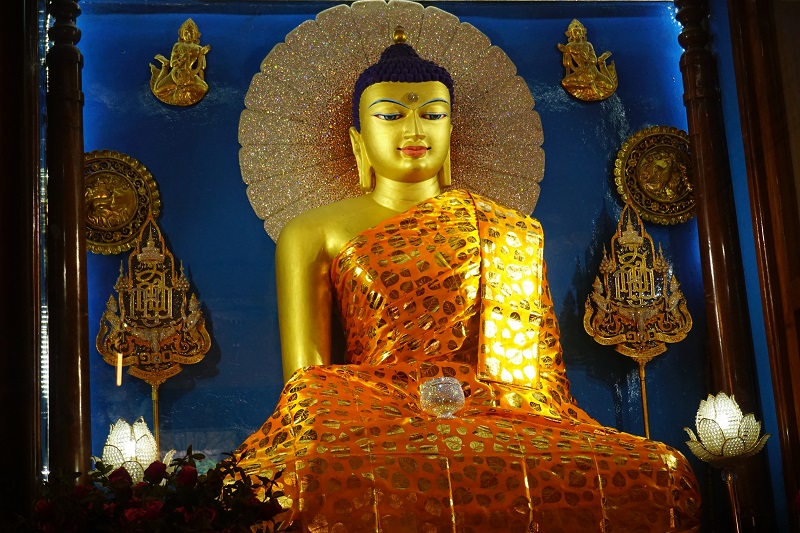
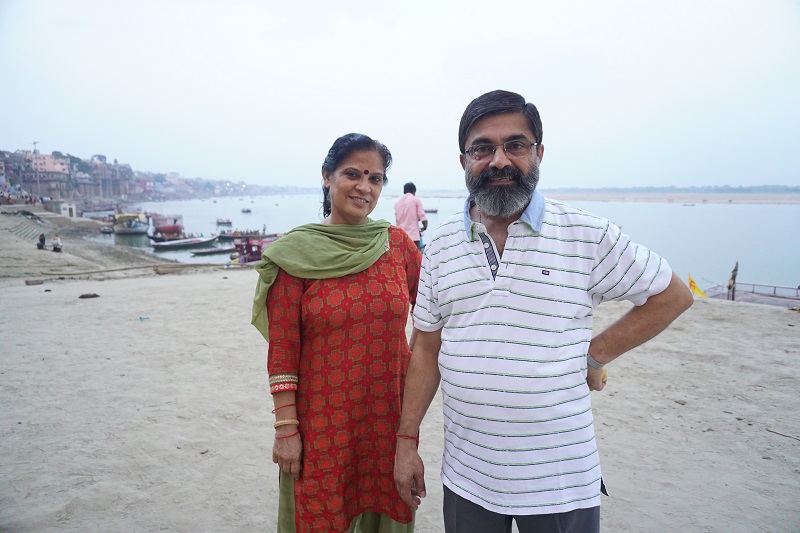
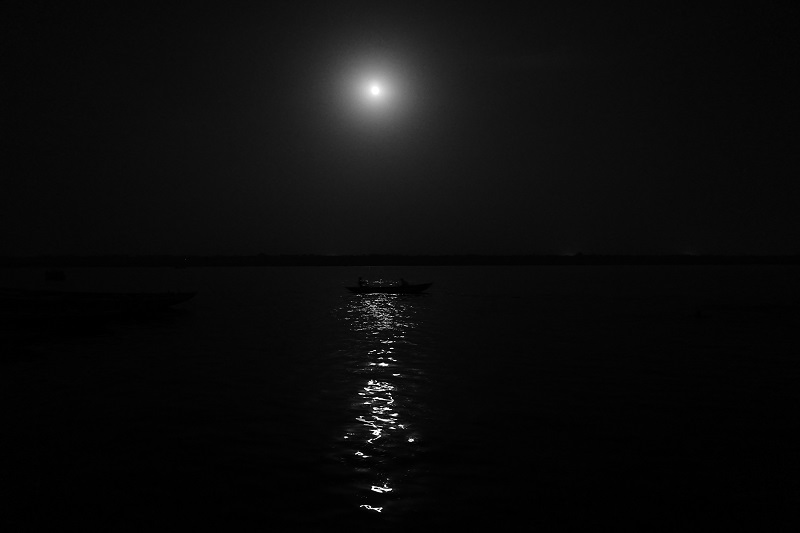
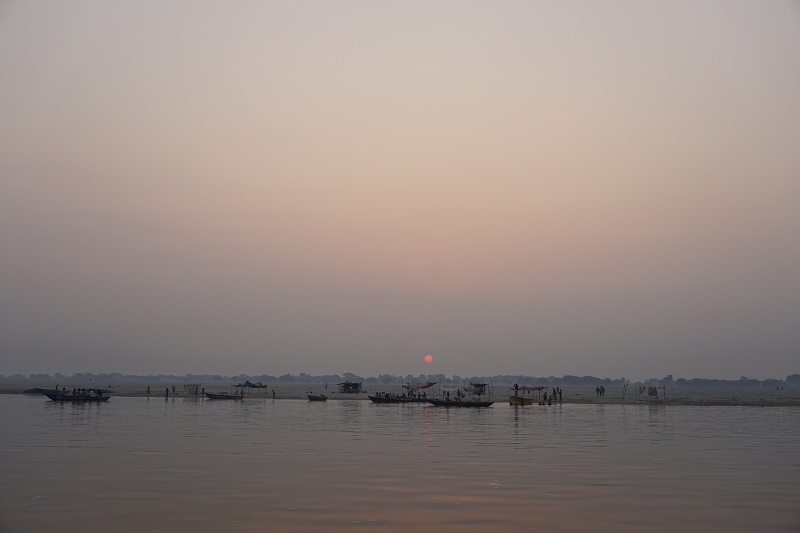
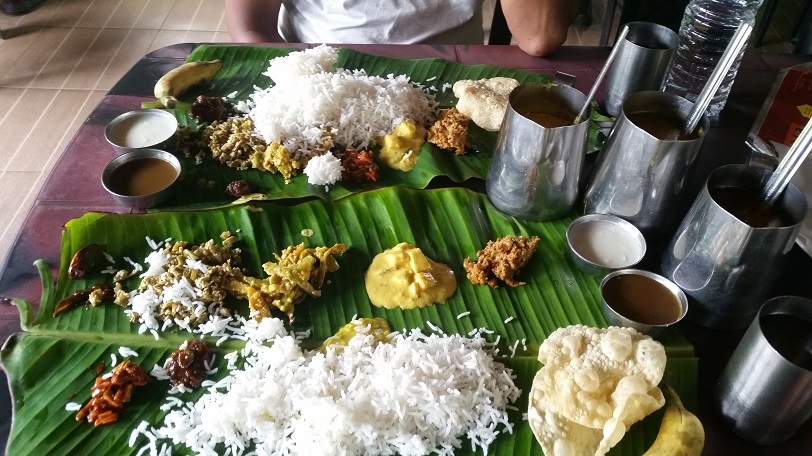
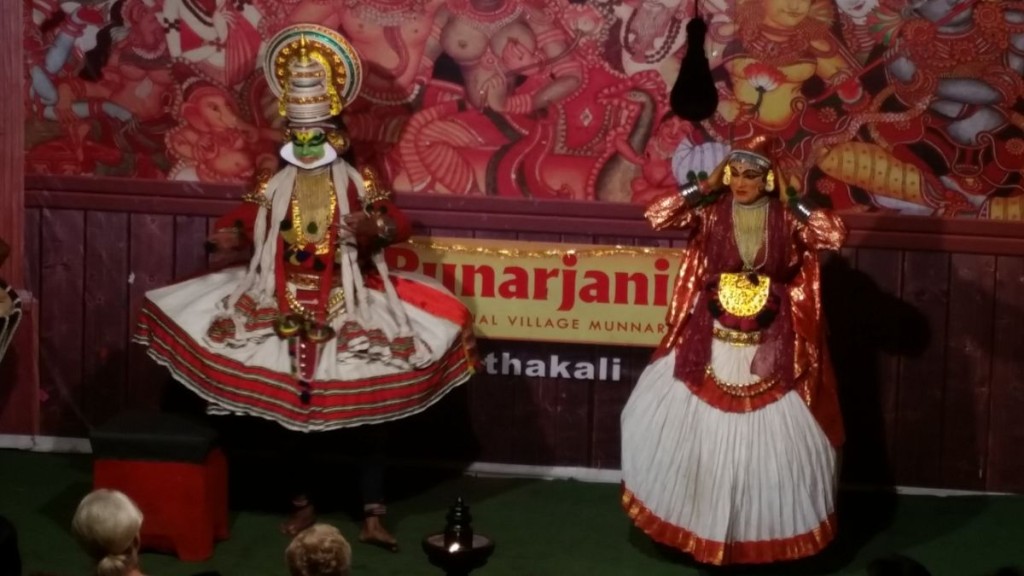

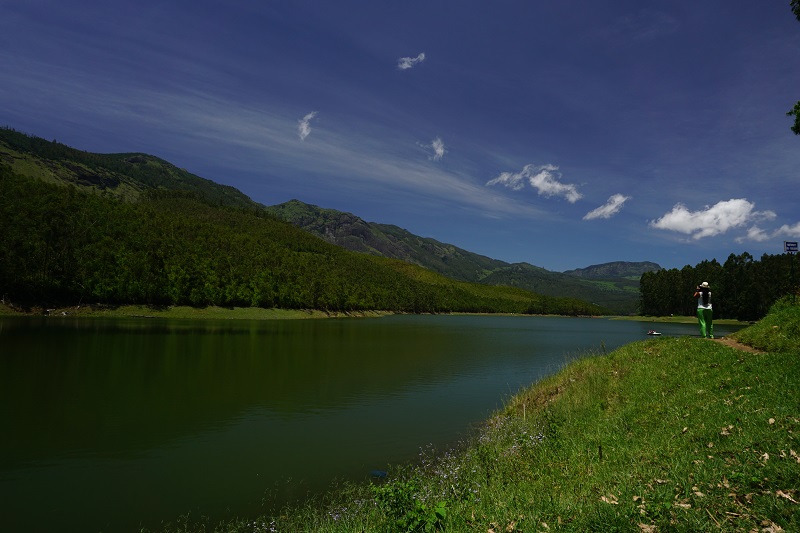
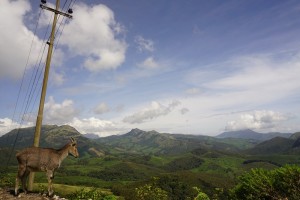
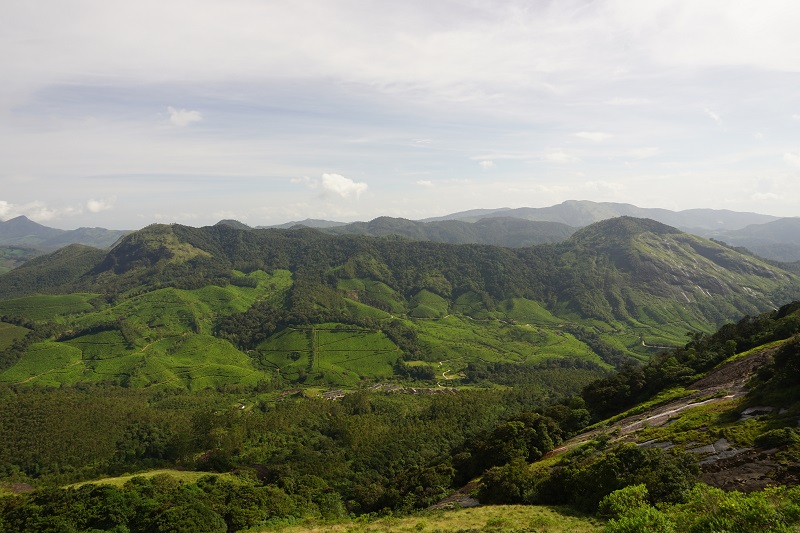
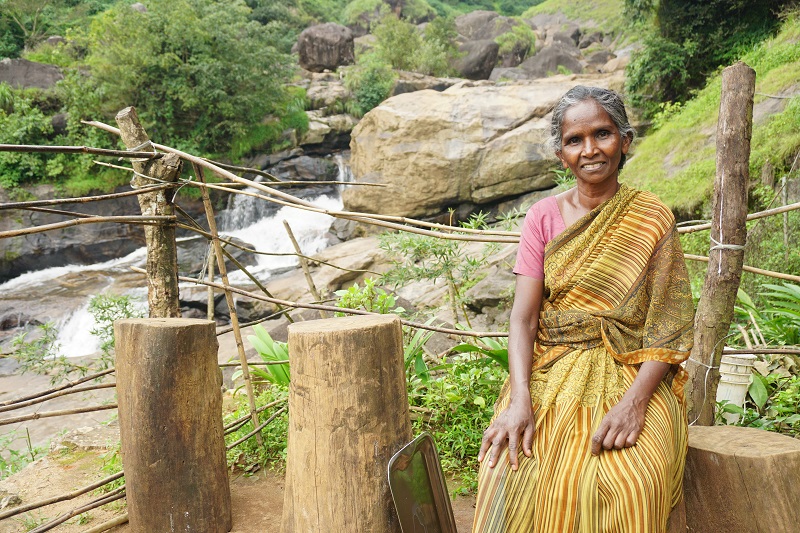
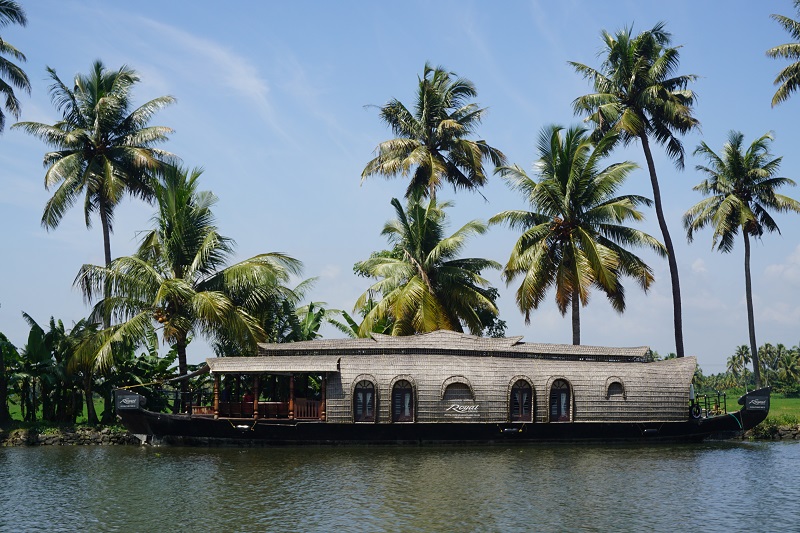
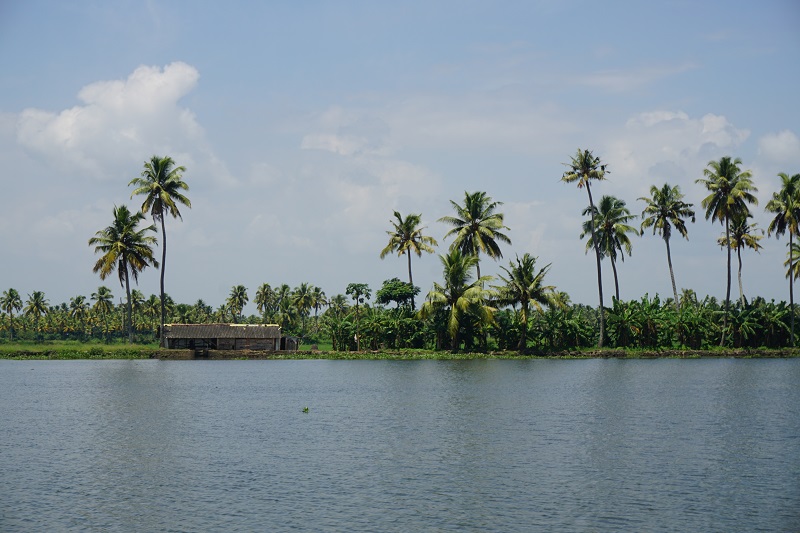
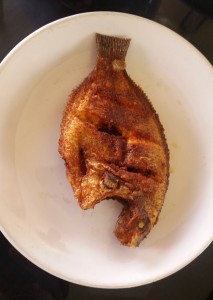 The staff on board the houseboat included a navigator and a chef. However, they swapped roles so many times that we couldn’t tell who was who. The food they made was absolutely delicious and I got to try the
The staff on board the houseboat included a navigator and a chef. However, they swapped roles so many times that we couldn’t tell who was who. The food they made was absolutely delicious and I got to try the 
 The next morning we woke up early for the sunrise which was equally as beautiful. On the contrary, everything was getting more hectic. Birds were flying flying out, fishermen were getting out to catch fish and the local ferry service was picking up schoolkids and workers for the new day. Within this chaos, we realized that an empty field next to the
The next morning we woke up early for the sunrise which was equally as beautiful. On the contrary, everything was getting more hectic. Birds were flying flying out, fishermen were getting out to catch fish and the local ferry service was picking up schoolkids and workers for the new day. Within this chaos, we realized that an empty field next to the


 Goa’s beaches aren’t as clean and pretty as Australia’s but they are certainly very lively through the day and night. Each beach is known for it’s music genre. Baga and Calangute beaches are big for Indian tourists so most beach bars played
Goa’s beaches aren’t as clean and pretty as Australia’s but they are certainly very lively through the day and night. Each beach is known for it’s music genre. Baga and Calangute beaches are big for Indian tourists so most beach bars played 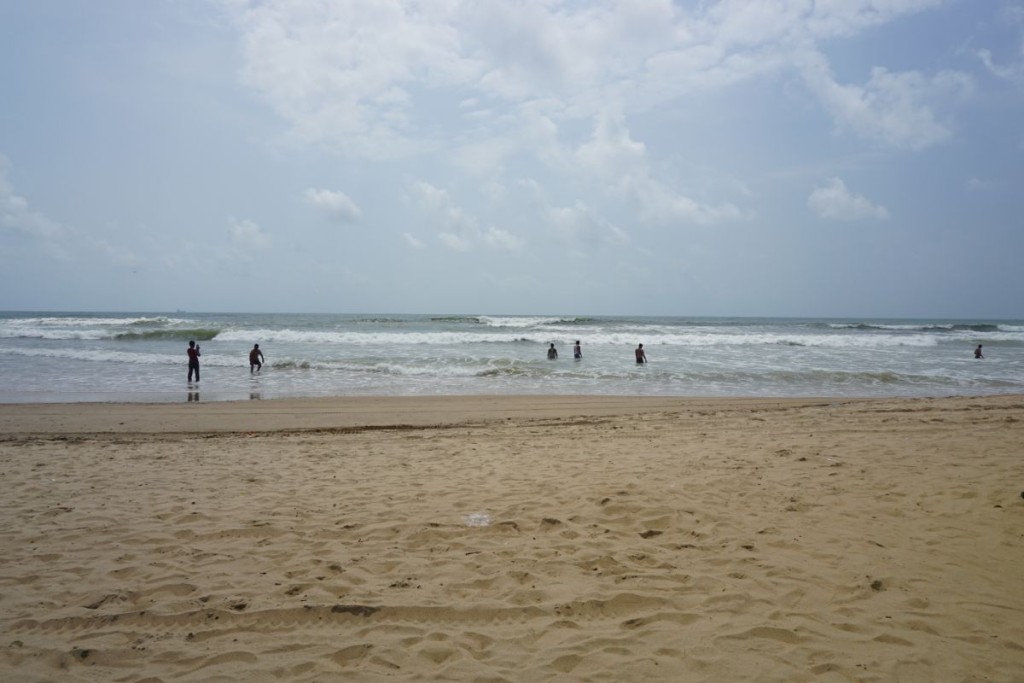

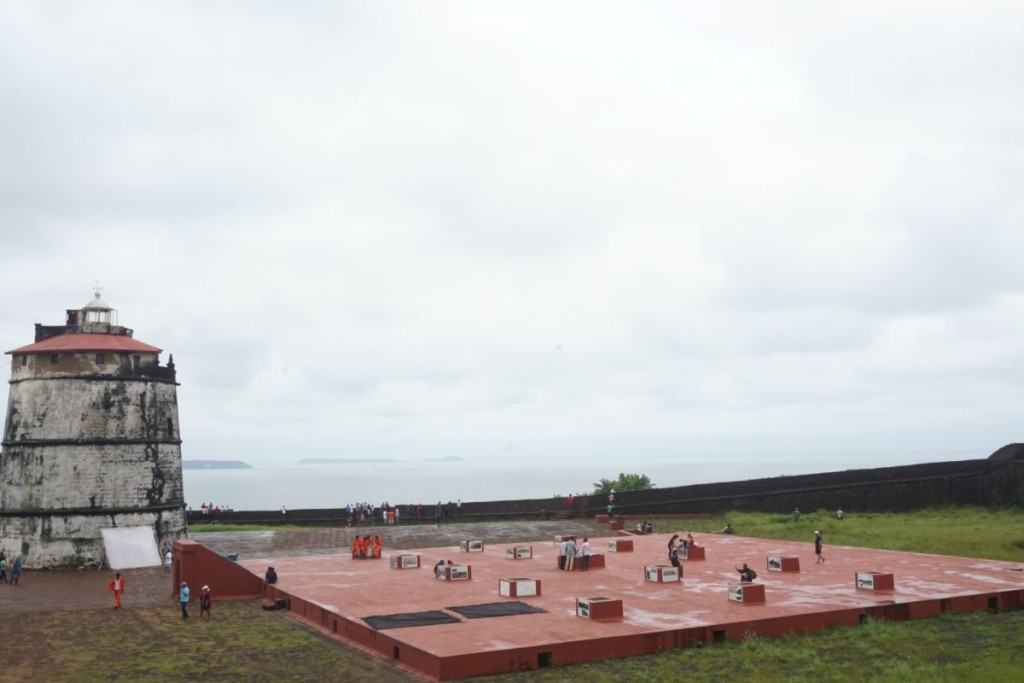
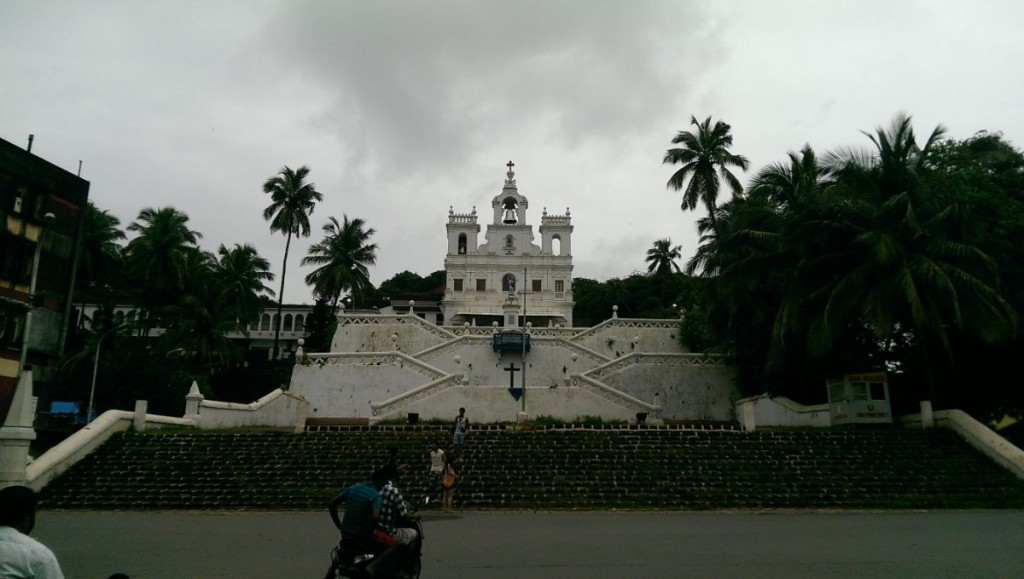
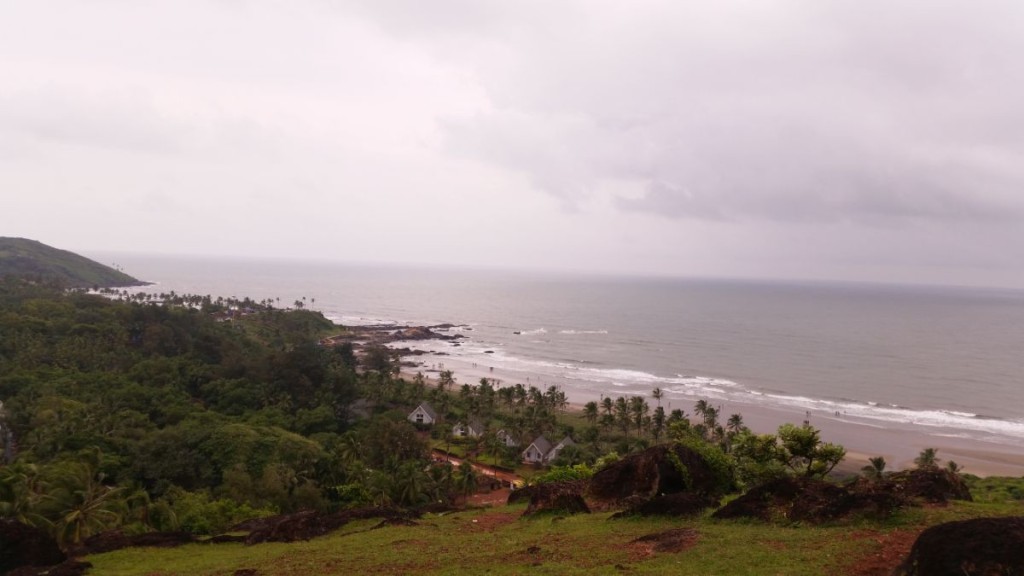



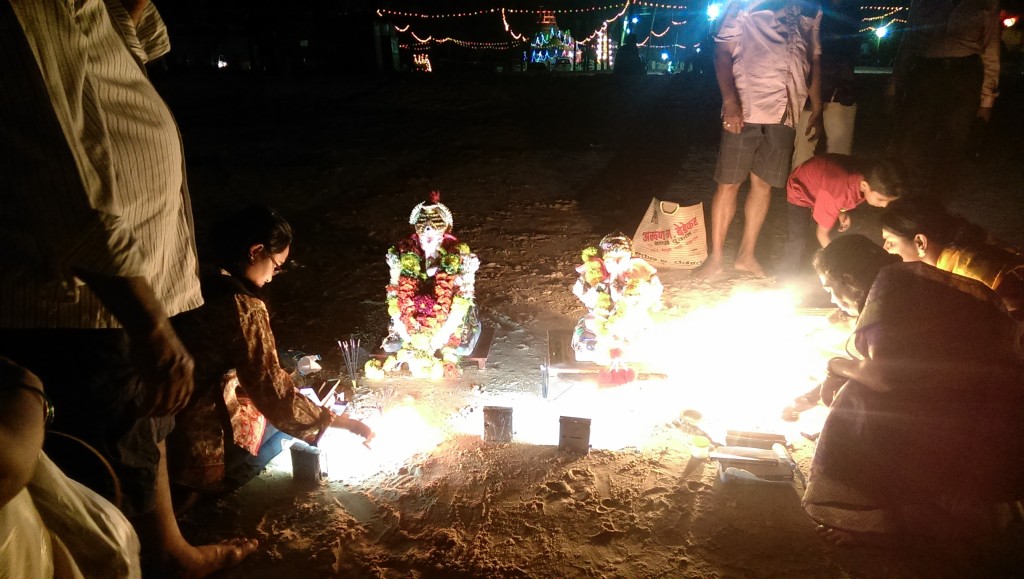
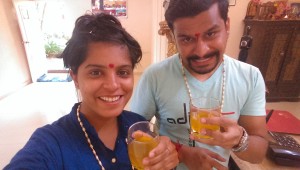
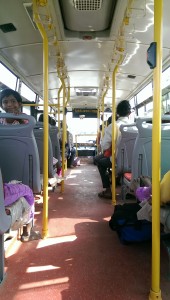 figure out where exactly the bus stop was. Everyone we asked, pointed like a Bollywood hero pointing
figure out where exactly the bus stop was. Everyone we asked, pointed like a Bollywood hero pointing
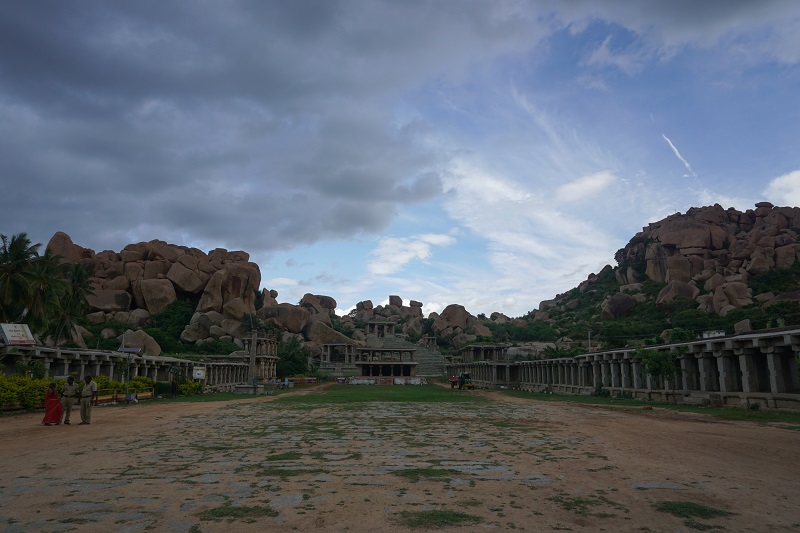

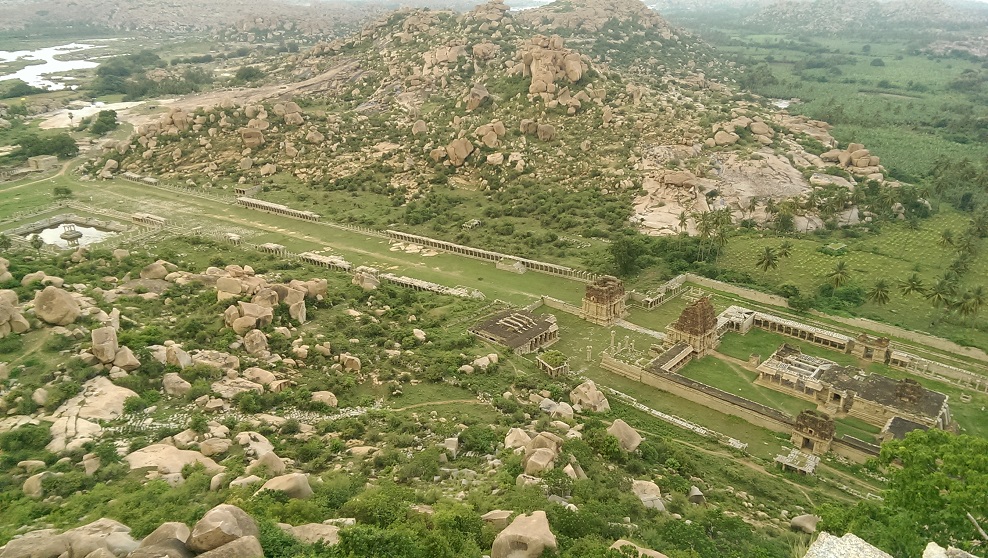
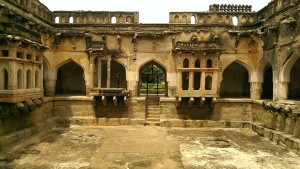
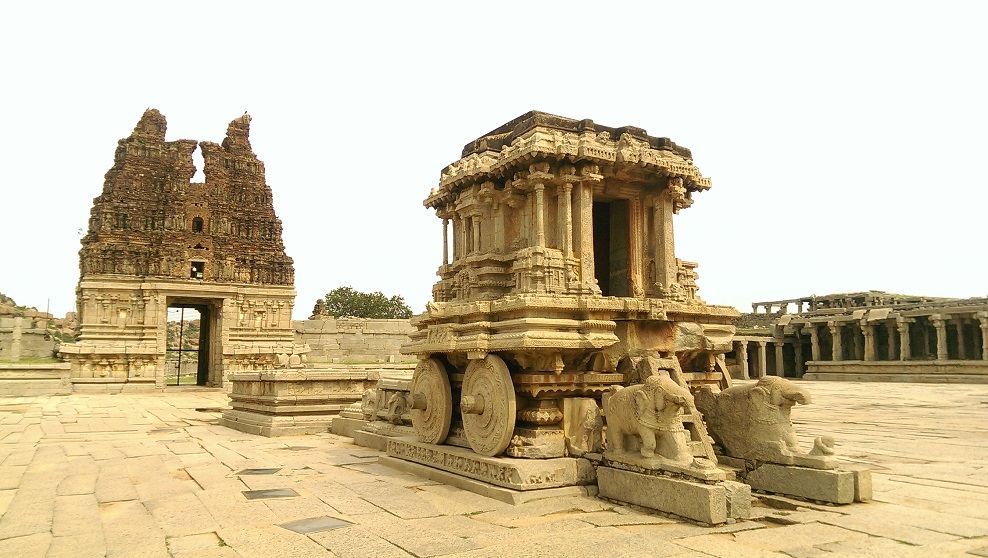
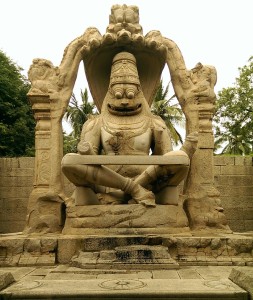 The stone carvings in this whole area were exquisite. Some temples had the entire Ramayana scenes carved on the walls while there were lots of monolithic idols around the region. Some of the big ones were of Narasimha, the man-lion and Shivalinga, Shiva’s representation made out of a single rock. Each of them were several feet tall and wide.
The stone carvings in this whole area were exquisite. Some temples had the entire Ramayana scenes carved on the walls while there were lots of monolithic idols around the region. Some of the big ones were of Narasimha, the man-lion and Shivalinga, Shiva’s representation made out of a single rock. Each of them were several feet tall and wide.
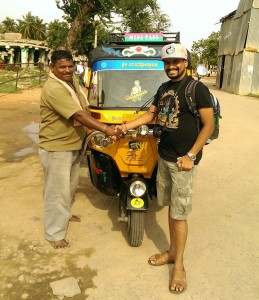
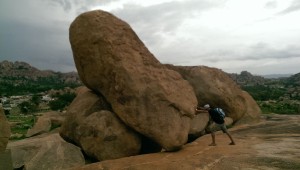
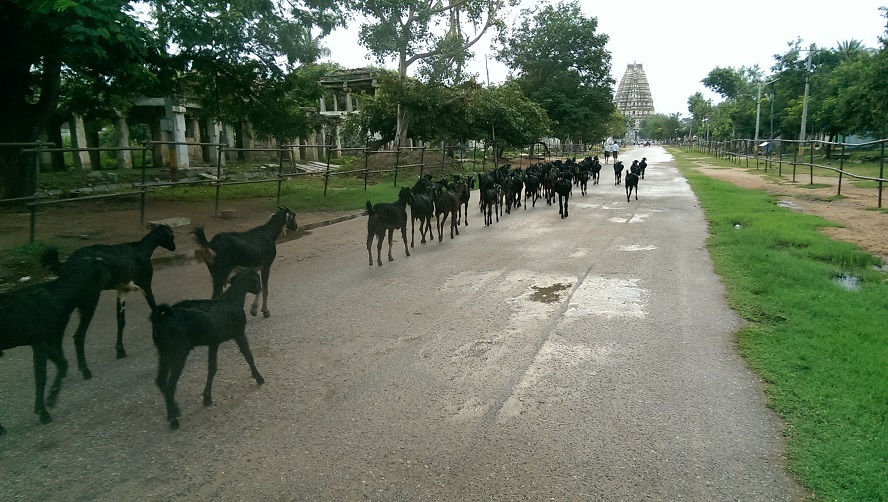
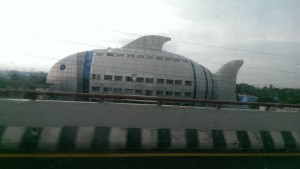 ushpak buses
ushpak buses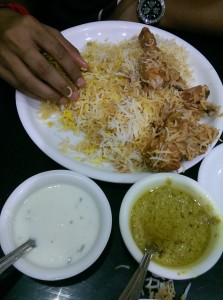 Paradise Restaurant
Paradise Restaurant